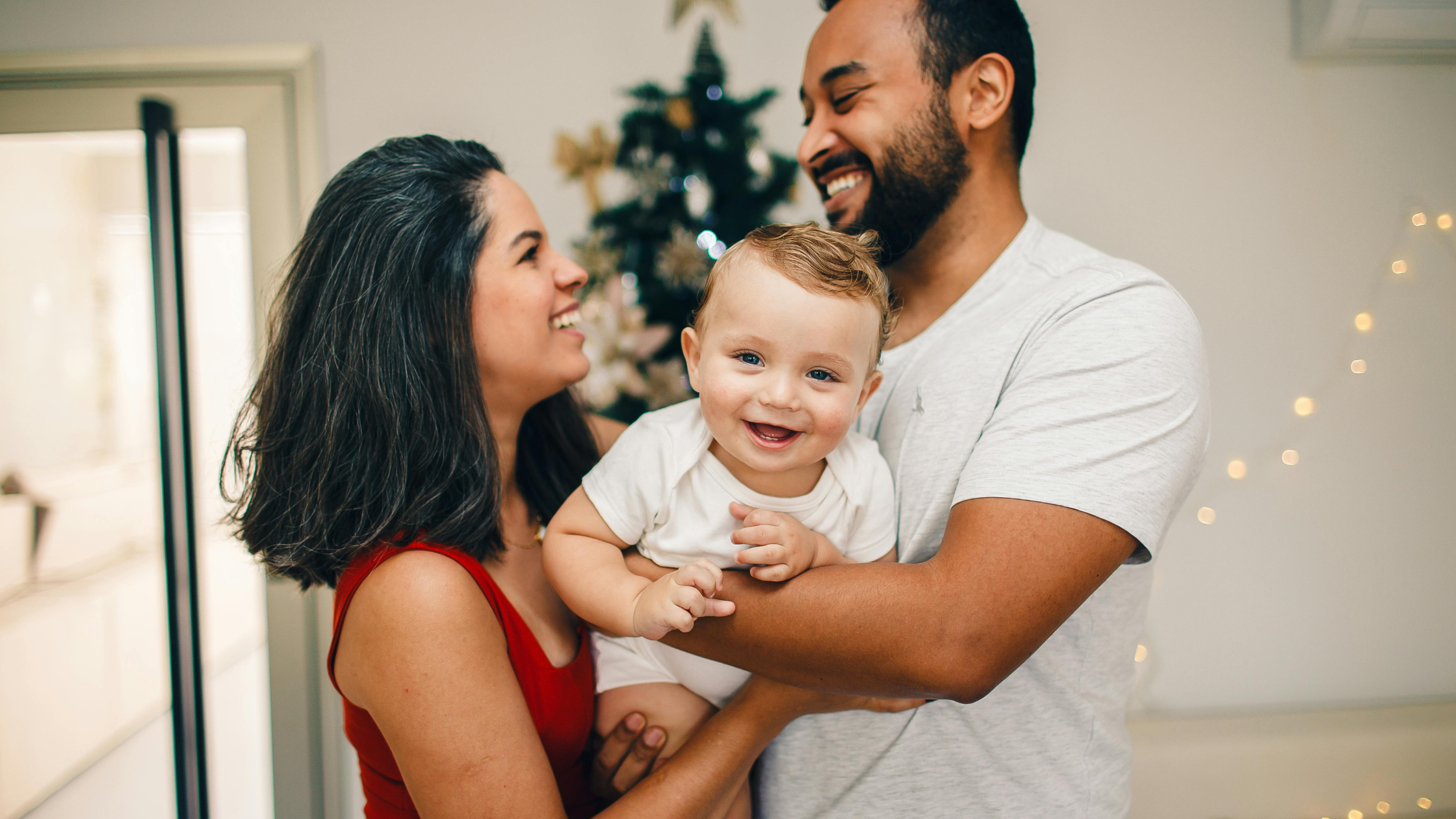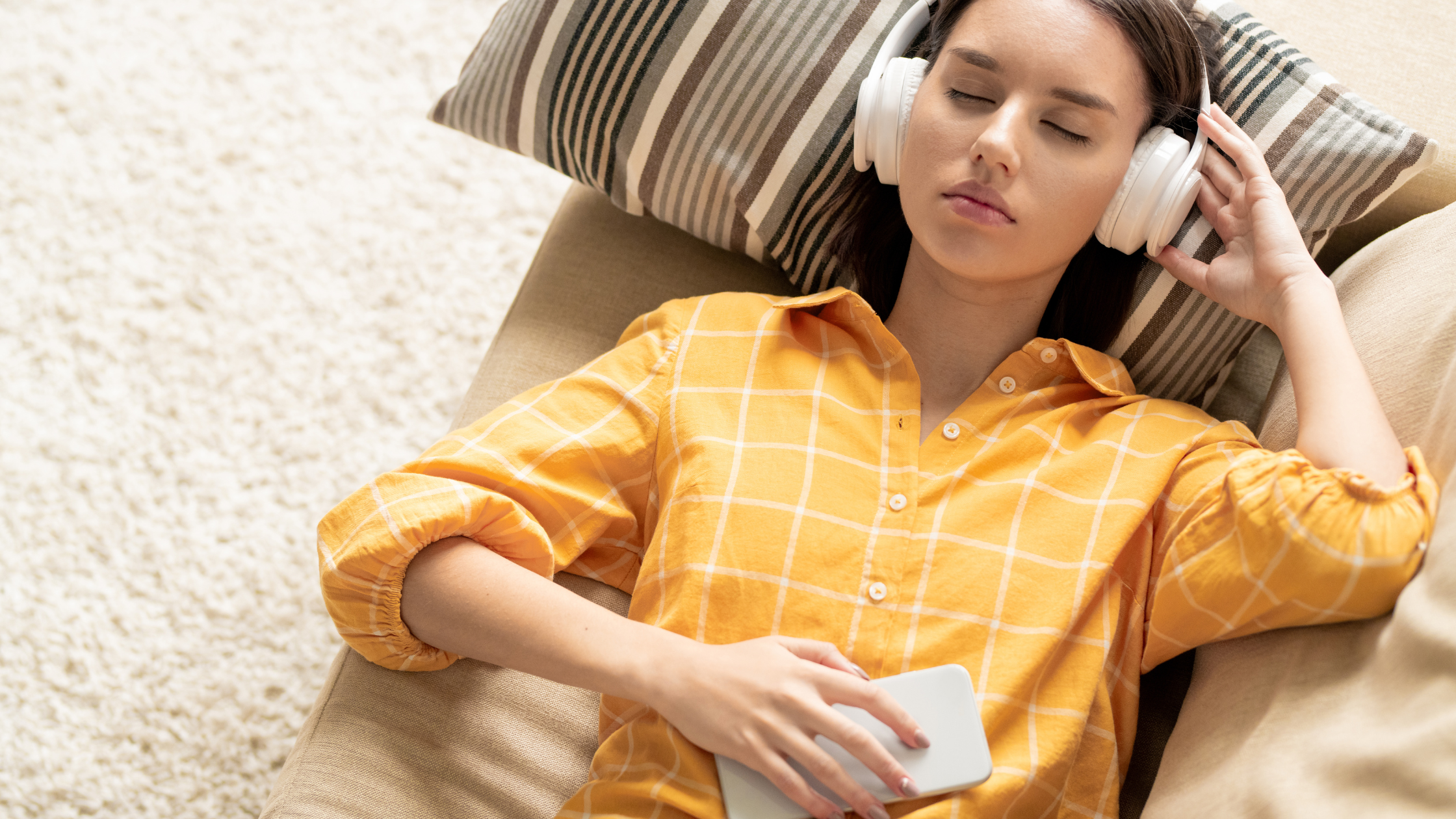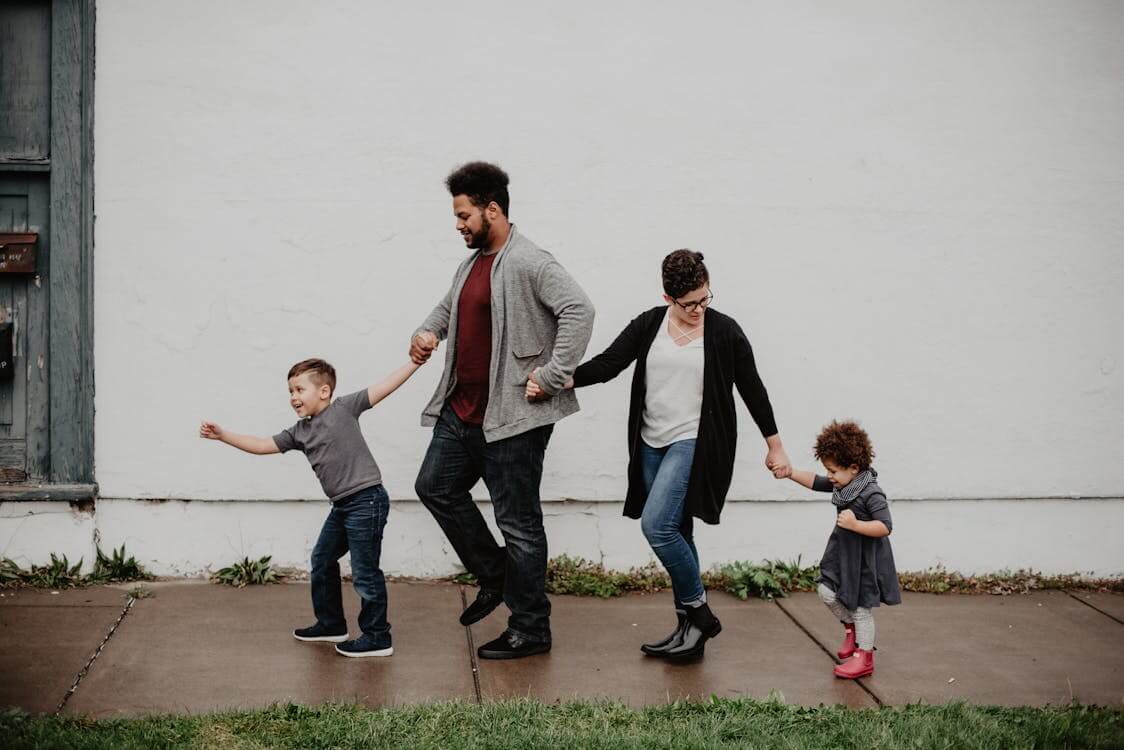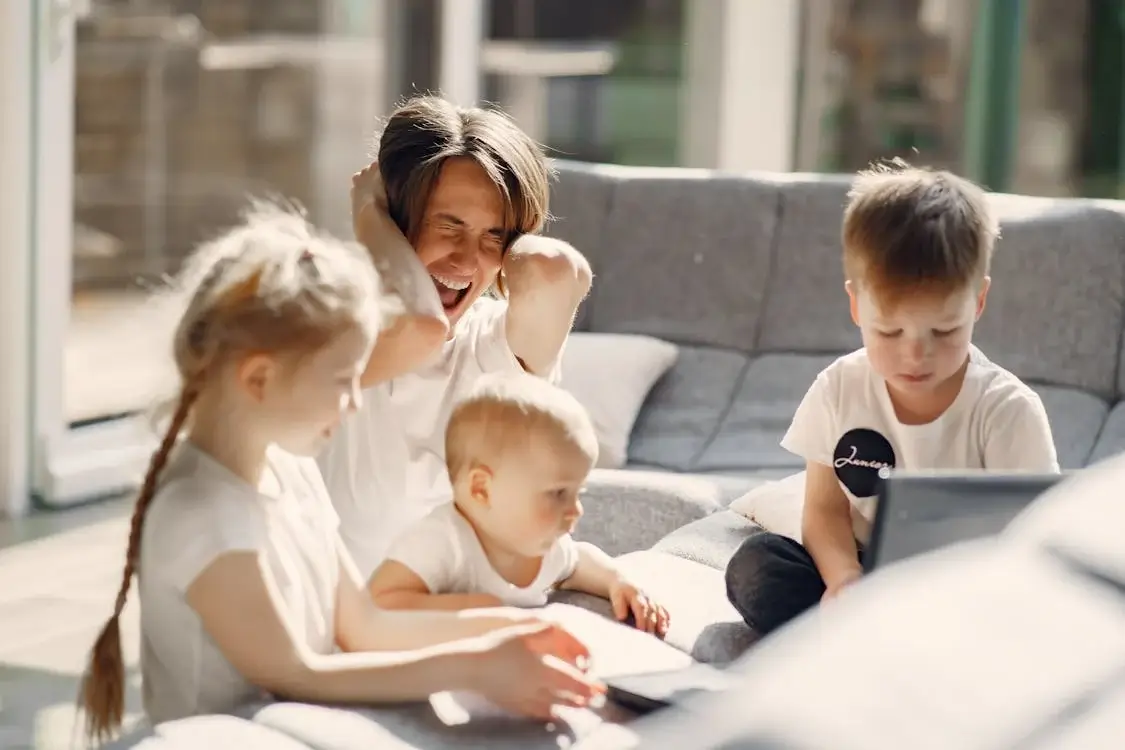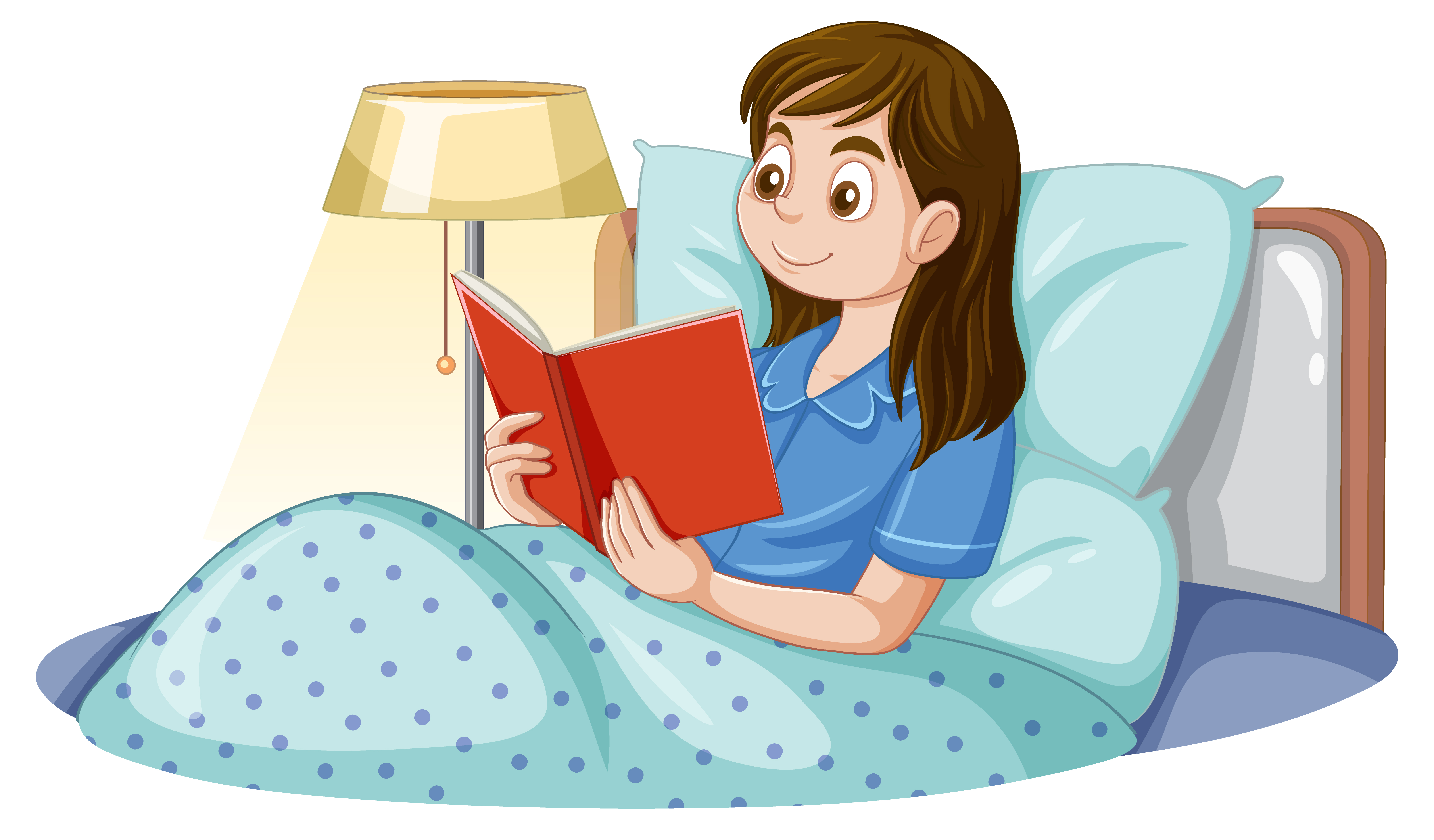Written by Rachel de Barros Oliveira, Ph.D., Candidate McGill University
Most of us here have watched our children play at the park. You see other kids playing and having fun and you tell your child to go play with them.
Does your child:
-
Say they prefer to play by themselves or with you?
-
Go but feels nervous and reluctant to but they eventually play with the other children.
-
Your child get really anxious and simply avoid the interaction at all costs?
Whatever reaction your child has is normal. The above mentioned responses all say something different about your child’s shyness and social anxiety.
Before we dive into this, we should understand the three common concepts that tend to get mixed up.
-
Introversion – This is a personality trait (opposed to extroversion), that is characterized by someone being more comfortable with their inner world and preferring solitude.
-
Shyness – Shyness is an emotion, not a personality trait. This is the tendency to avoid social interaction for fear and preoccupation with social evaluation.
-
Social anxiety disorder (SAD) – This is a “Persistent fear of one or more social situations where embarrassment may occur, and the fear or anxiety is out of proportion to the actual threat posed by the social situation as determined by the person’s cultural norms.”
Since they are similar, with overlapping signs and symptoms, it’s incredibly important to know the difference between them. While two of them, introversion and shyness, can be considered not harmful personality traits, the third which is social anxiety disorder, can impact health.
Shy and introverted children can have similar behaviors, but the reasons behind those particular behaviors are different.
While introverted children are usually comfortable being alone in their own world of thoughts and emotions, shy children tend to stay alone because they fear social interaction and evaluation.
Milica Nikolić described social fear as the fear of the possibility of being negatively evaluated by other people in social situations. Different social situations can trigger social fear, meeting/talking with people (strangers or not), going to school, and being seen in public.
If social fear is common between shyness and social anxiety disorder, what sets them apart from one another?
As we said previously, shyness is a self-conscious emotion. It’s a conflict between the fear of negative social evaluation and the motivation to approach. Shy children want to participate in social situations but feel nervous and concerned about doing so.
On the other hand, Social Anxiety Disorder (SAD) is a persistent and impair fear of one or more social situations that makes it hard to do everyday tasks.
As parents, what can we do about that? Dr. Kim Maertz wrote some coping strategies to deal with social anxiety and fears.
-
We can help our children to identify their automatic negative thoughts: “No one will ever play with me”.
-
We can challenge the negative thoughts: “That could really happen? If it does, how can I manage that?”
-
We can help them Identify cognitive distortions. They could be overgeneralizing because in the past someone did not want to play with them.
-
Help them to deal with social situations not only by developing coping statements : “It’s okay to be nervous, you just need to breathe”. Also, by simply being there and leading by example. Showing them how you deal with our own personal social anxieties.
Please note: If you or your child are experiencing signs of SAD, you should talk with a healthcare provider. There are many ways to improve SAD symptoms, while at the same time improving the quality of life for your family.


